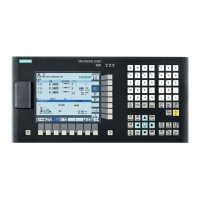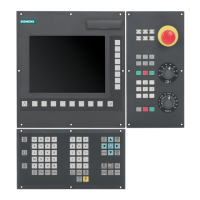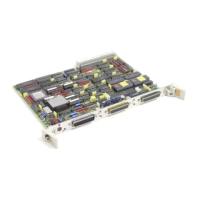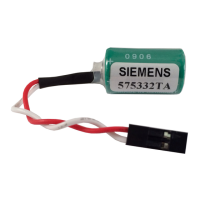Programming and Operating Manual (Milling)
6FC5398-4DP10-0BA6, 09/2017
89
; Call first settable work offset
; Machining of workpiece 1, here using L47
; Call s econd settable work offset
; Machining of workpiece 2, here using L47
; Call third settable work offset
; Machining of workpiece 3, here using L47
; Call fourth settable work offset
; Machining of workpiece 4, he re using L47
; Deactivate settable work offset
Subroutine call - see Section "Subroutine technique (Page 132)".
NC block compression (COMPON, C OMPCURV, COMPCAD)
Fu n ctionality
CAD/CAM systems normally produce linear blocks, which meet the configured accuracy specifications. In the case of
complex contours, a large volume of data and short path sections can result. The short path sections restrict the processing
rate.
By using a compressor function, the contour, specified by using linear blocks, is approached using polynomial blocks. This
has the following advantages:
● Reduction of the number of required part program blocks for describing the workpiece contour
● Continuous block transitions
● Higher maximum path velocities
The following compressor functions are available:
● COMPON
The block transitions are only constant in the velocity, while acceleration of the participating axes can be in jumps at
block transitions.
● COMPCURV
Block transitions have continuous acceleration. This ensures both smooth velocity and acceleration of all axes at block
transitions.
● COMPCAD
The compression that uses a lot of computation time and memory space is optimized regarding surface quality and
speed. COMPCAD should only be used if measures to improve the surface cannot be taken by the CAD/CAM program in
advance.
COMPOF terminates the compressor function.
COMPON
COMPCURV
COMPCAD
COMPOF
COMPON:
Command to activate the compressor function COMPON.
COMPCURV:
Command to activate the compressor function COMPCURV.
Command to activate the compressor function COMPCAD.
COMPOF :
to deactivate the currently active compressor function.
